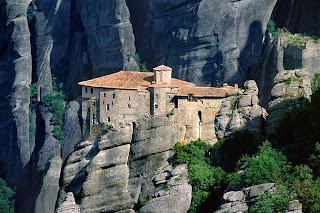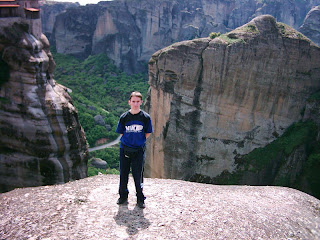
Chinese students release stress in A Pillow Fight Game prior to vital exam is a common game mostly played by young children (but can also occur with teens and adults) in which they engage in mock physical conflict, utilizing pillows as weapons.
Being held from June 6th to 9th every year, the National College Entrance Exam, the most important test for Chinese students, is always considered the only access to a bright future in China, which brings much stress to students.
Many times pillow fights occur during children's sleepovers. Since pillows are soft, injuries rarely occur. The heft of a pillow can still knock a young person off balance, especially on a soft surface such as a bed, which is a common venue. A useful technique in a pillow fight is to bundle the nibs. In earlier eras, pillows would often break, shedding feathers throughout a room. Modern pillows tend to be stronger and are often filled with a solid block of artificial filling, so breakage occurs far less frequently. Pillow fighting became part of flash mob culture with pillow fight flash mobs popping up in cities around the world.
















Source;- Imagine China And Wikipedia































 The word Meteora means literally 'hovering in the air' and of course brings to mind the word meteor. What created this rare geological phenomenon is one of the mysteries of nature and there are many theories though they remain theories and none have been proven.
The word Meteora means literally 'hovering in the air' and of course brings to mind the word meteor. What created this rare geological phenomenon is one of the mysteries of nature and there are many theories though they remain theories and none have been proven. The two closest villages to Meteora are Kalambaka and Kastraki and these are where most people stay. The name Kalambaka comes from the Turkish word Kalembak which means beautiful fortress. The village of Kastraki in the shade of the rocks of Meteora is a popular destination for the rock climbers who can walk out the door of their hotel and be climbing in a few minutes.
The two closest villages to Meteora are Kalambaka and Kastraki and these are where most people stay. The name Kalambaka comes from the Turkish word Kalembak which means beautiful fortress. The village of Kastraki in the shade of the rocks of Meteora is a popular destination for the rock climbers who can walk out the door of their hotel and be climbing in a few minutes.




 Bananas may be one of the most recognisable fruits but this particular one might make a person think they were seeing double.
Bananas may be one of the most recognisable fruits but this particular one might make a person think they were seeing double.



















